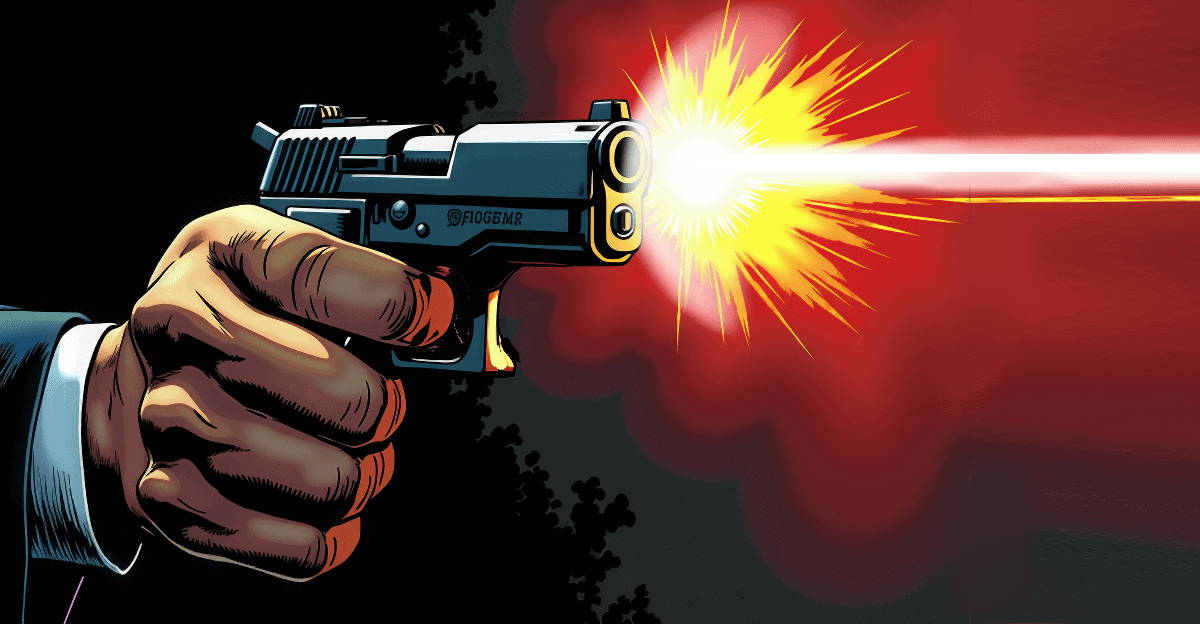The process often begins at the climax. Who did it, how, and why? The narrative threads that lead to the culprit are carefully unraveled backward. Think about it: you need every red herring, misdirection, and reveal placed with precision. If the readers figure it out too early, the magic fizzles. But if you overcomplicate, they lose interest. Balancing these elements is what separates the amateurs from the masters.

Crime Writers and Their Creative Process
Some of the best-known crime comic writers lean heavily on that backward strategy. Ed Brubaker, the brain behind Criminal and The Fade Out, exemplifies this. Brubaker’s stories operate like puzzles in a smoky noir bar—shadows thick, tension taut. He knows the crime inside-out before writing the first page. That’s how every panel serves the story’s slow, deliberate release. Another favorite, Brian Azzarello, pulls this off flawlessly with 100 Bullets. Each issue feels like peeling a layer off an onion, and it burns just enough to make you want more.
Frank Miller, with works like Sin City, injects crime fiction with hard-hitting dialogue and stark, stylized visuals. His scripts are not just blueprints but roadmaps littered with broken glass and danger signs. Every beat, every character’s nuance, screams noir.
These writers immerse themselves in their characters’ psyches, understanding not just their motives but also their flaws. Whether it’s obsession, fear, greed, or loyalty gone wrong, the crime comes from somewhere real. This is where comics become more than just “illustrated stories”—they become psychological deep dives.
Building a Mystery: Tips and Tricks for Writers
Writing a mystery comic isn’t just about plot twists. It’s about control—what the reader knows and when they know it. Here are some key ideas to keep your audience hooked:
- Start at the End: Know the crime inside and out. The ‘who,’ ‘why,’ and ‘how’ will dictate every decision along the way.
- Visual Clues: Comics let you scatter evidence visually. A seemingly innocuous object in panel three might be the murder weapon—let the reader catch it if they can.
- Character-Driven Crime: The best mysteries are more than just puzzles—they’re people-driven. Develop characters with rich backstories that give the crime emotional weight.
- Use Silence Wisely: Not every page needs heavy dialogue. Some of the best moments in a mystery are communicated through what’s not said.
- Collaborate Closely with Artists: A great comic script leaves room for artistic interpretation. Writers like Neil Gaiman have famously worked this way, giving artists creative freedom to amplify the story. Your script isn’t sacred—it’s a conversation.
The Graphic Novel Format: Playing the Long Game
When a mystery spans a graphic novel, you have room to develop subplots and secondary characters in ways that single issues can’t. Think of The Black Dahlia adaptation by David Lapham—it’s long-form noir, not unlike James Ellroy’s original novel. Lapham uses pacing as a weapon, building tension slowly over time. Every conversation matters. Every dead end serves the plot.
Or take Watchmen by Alan Moore. While it’s more than a mystery, it weaves investigative storytelling throughout. Moore mastered the art of layered narratives—framing stories within stories, clues within red herrings, and characters confronting their own worst instincts. That’s what separates a good mystery from a great one: it leaves the reader guessing not just about the crime, but about the people involved.
Write with Intent, Not Expectation
Writing a mystery comic or graphic novel is an act of both creation and restraint. You lay down the rules, only to break them in ways the audience doesn’t see coming. You have to make them think they’re in control until you reveal—nope, not even close. That’s the art.
Remember: every writer borrows tricks from somewhere. Brubaker’s noir leans on the old black-and-white films. Miller found inspiration in pulp novels. Even Azzarello is channeling Chandler in his own twisted way. But the magic happens when you make it yours.
So, start with the crime. Work your way back through the lies, the secrets, and the shadows. Just make sure that when your detective arrives at the truth, your reader is right there, piecing it all together—or kicking themselves for not seeing it sooner.

